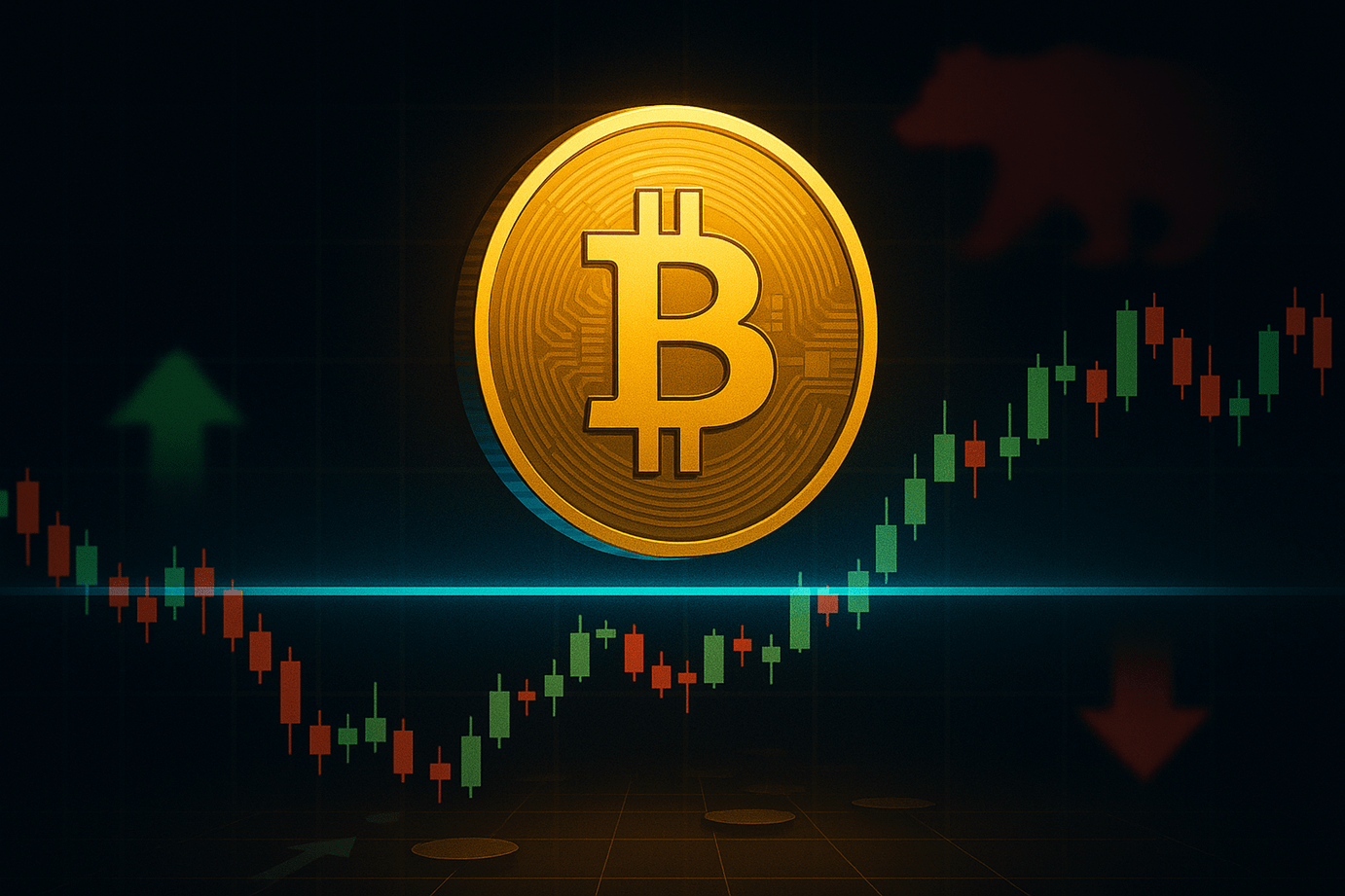The first regulated stablecoin tied to the worldwide model of the Chinese yuan (CNH) meant for international change markets, and a South Korean received (KRW) stablecoin launched this week as the worldwide stablecoin race heats up.
Financial know-how firm AnchorX debuted its AxCNH yuan-pegged stablecoin on Wednesday on the Belt and Road Summit in Hong Kong, in line with Reuters, following a regulatory pivot in China embracing stablecoins for worldwide markets.
The stablecoin is supposed to facilitate cross-border transactions with international locations within the Belt and Road initiative, an infrastructure undertaking constructing bodily roads linking China to the Middle East and Europe, and establishing maritime commerce routes with different areas.
BDACS, a digital asset infrastructure firm, additionally introduced the launch of KRW1, a Korean won-pegged stablecoin, on Thursday.
Both KRW1 and AxCHN are overcollateralized stablecoins, which means that they’re absolutely backed 1:1 by fiat foreign money deposits or authorities debt devices held by a custodian.
Stablecoins at the moment are a sector with geo-strategic significance, as sovereign governments rush to position their fiat currencies on digital rails to extend demand for his or her currencies internationally, within the hopes of offsetting inflationary results from foreign money printing.
Related: Tether to launch USAT, names ex-Trump adviser as CEO
The interaction between stablecoins, fiat currencies, inflation, and authorities debt
The legacy monetary system is sluggish, requires strong infrastructure that won’t exist in growing areas, and options foreign money controls in sure jurisdictions that hamper demand for fiat.
Placing fiat currencies on blockchain rails, which function 24/7 and have near-instant, cross-border settlement, will increase worldwide demand by making fiat extra accessible to the common particular person, which might offset worth will increase brought on by foreign money inflation.
Currency inflation leads to worth will increase as a result of the demand for the foreign money is just not proportional to the extra provide created via cash printing.
Overcollateralized stablecoin issuers like Tether and Circle assist resolve this drawback by shopping for authorities debt devices and money belongings to again their digital fiat tokens after which making the tokens accessible to anybody with a cell phone and a crypto pockets.
In essence, these corporations present an avenue for most people across the globe to develop into oblique bond patrons, boosting the marketplace for these belongings, decreasing yields on state-issued debt, and lowering the federal government’s debt-service burden.
Tether is now one of many largest US Treasury invoice holders on the earth, surpassing developed international locations, together with Canada, Norway, and Germany.
Anton Kobyakov, an advisor to Russian President Vladimir Putin, lately stated that the US authorities is trying to offset its $37 trillion debt with stablecoins and gold to spice up confidence within the declining US greenback.
Magazine: Bitcoin vs stablecoins showdown looms as GENIUS Act nears









